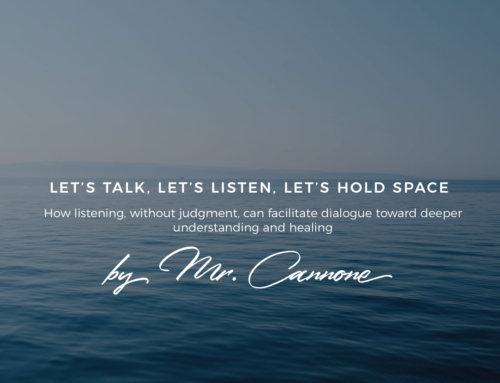“Imagination is more important than knowledge.” -Albert Einstein
I recently visited the Ontario Science Centre to visit Andy Forest, co-founder of STEAMLabs, a non-profit community makerspace, where people of all ages and abilities come together for access to tech tools, to learn, and to create. STEAMLabs has partnered with the Ontario Science Centre to support the Inventorium 2.0 exhibit, offering visitors an array of hands-on experiences that highlight the intersections between science, art, and design.
After seeing many examples of STEM or STEAM in action, I wondered – how do we help teachers to help our students prepare themselves for an ever-evolving future, where 21st century competencies and skills will be needed? Should all schools be equipped with 3-D printers? Should teachers replace Math lessons with coding lessons? Where do we start?
According to Andy, “The first, most important idea is the passion of the people who are going to be running the spaces. It’s going to run on that – the passion of the educator.” Andy’s opinion aligns with that Venville et. al who, in their study of several classrooms, found that, “teachers felt that commitment and passion were necessary to integrate across learning areas.” So how do we get teachers excited? Professional development opportunities are a good start. Future Design School provides various resources and workshops to support future-ready skill development through project based learning and inquiry. In my own experience with Future Design School, I found it most valuable to navigate the Design Thinking model based on my own problem of interest. In their research, Anne Estapa and Kristina Tank, sought to understand how elementary teachers were able to use the context of an engineering design challenge to integrate and incorporate STEM concepts in their classrooms. Their findings determined that “the importance for professional development experiences go beyond teacher content knowledge and support teachers in strategies for enactment of an integrated approach.” Organizations like Future Design School provide teachers with the opportunity to engage in the activity as a learner before implementing a similar model in the classroom with students.
After embracing new pedagogy and design thinking models that will support our students, we can move to considerations around changing the setup of the learning environment. My own school library is transitioning to become a more student-centred learning environment. This environment parallels this vision and is conducive to collaboration, creativity, and critical thinking – as evidenced in student work spaces for project-based research. This space, complete with a blue screen and cameras also allows students to create and communicate – as students are able to present their learning through various mediums.
So where do we go from here? According to Andy Forest, designing new learning environments starts with defining the outcomes. A wonderful resource and one that I highly recommend to anyone considering a classroom or school redesign, is the Capacity Building Series document entitled, The Third Teacher. Researcher and practitioners believe that the learning environment serves as “the third teacher”, a space that either allows for our students to develop competencies and engage in rigorous learning or a space that detracts from it.
In reflecting on an ideal model for a school that practices curriculum integration, I return to questions around what is best for the unique group of learners in our schools. How are we including their voices in the decision-making process of designing our spaces? What knowledge and skills do students need for the 21st century? And how can we design spaces for students to create and make meaningful contributions our ever-evolving world?
After viewing this video and reading this article, how would you redesign your space, given the needs of your students and the skills we must help them to develop? Use the following Google Draw template (found in the link) to create your own blueprint. https://bit.ly/2HQC9kO






